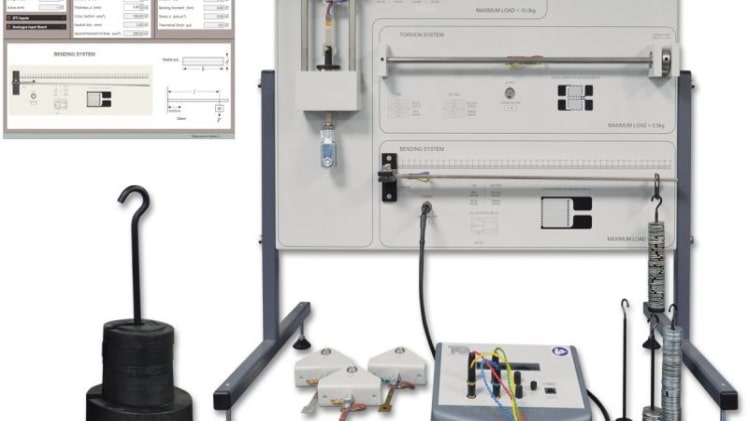The contrast between the tension switch and the strain sensor is obvious, as both devices detect changes in resistance. The strain sensor exhibits high sensitivity to touching and a fast response time. During a series of trials, a finger lightly touching the sensor generated a large change in relative resistance. The response signal exhibited a sharp peak rather than a state curve, which illustrated the high responsiveness and low hysteresis with a fast switching. Its relative resistance change was minimal, while its releasing time was nearly constant. The releasing and touching time were measured as the amount of time required for the sensor to increase the resistance from 80% to 90% of its peak value during a single on-off cycle. The resulting times were 88 ms and 92 ms, respectively.
The tension switch and the strain sensor differ in the types of physical quantities they measure. The resistance in the strain gauge is the most sensitive type, and its measuring signal is proportional to its output voltage. As such, the strain gauge strain sensor can be used to monitor a wide variety of applications, but their main drawbacks are that they lack location accuracy and application variety. Furthermore, the resistance of a resistive strain sensor is only one small value, and thus the output signal can be inaccurate. To know more about: ufabet
The difference between the strain sensor and the tension switch is that the former uses only one physical quantity to measure tension. The latter is more accurate because it can handle micrometer-level strains. The former is better for low-scale processes, while the latter is better for high-volume processes. Nevertheless, both have different measurement ranges. They are still a good option, but their limitations are considerable.


